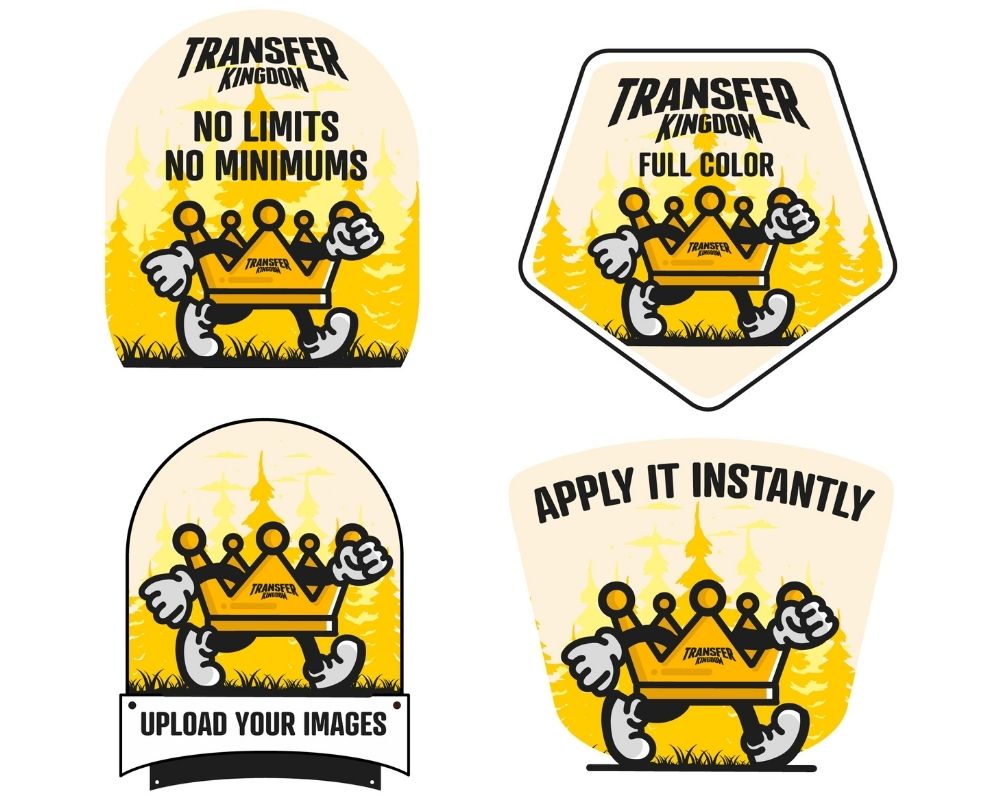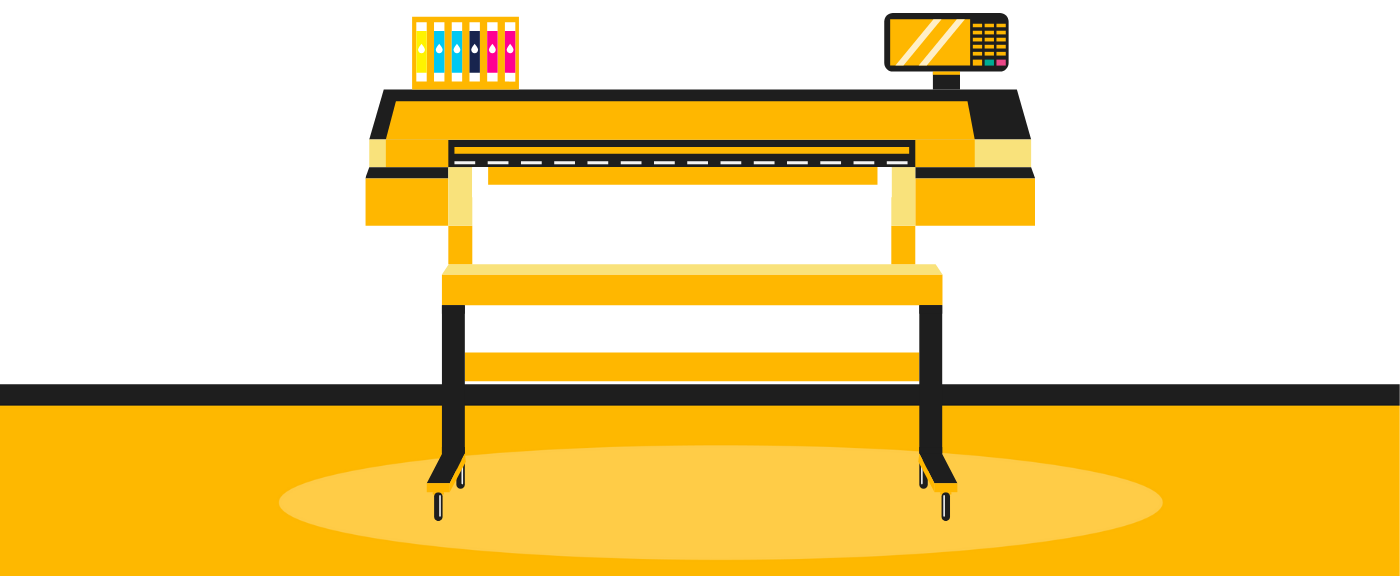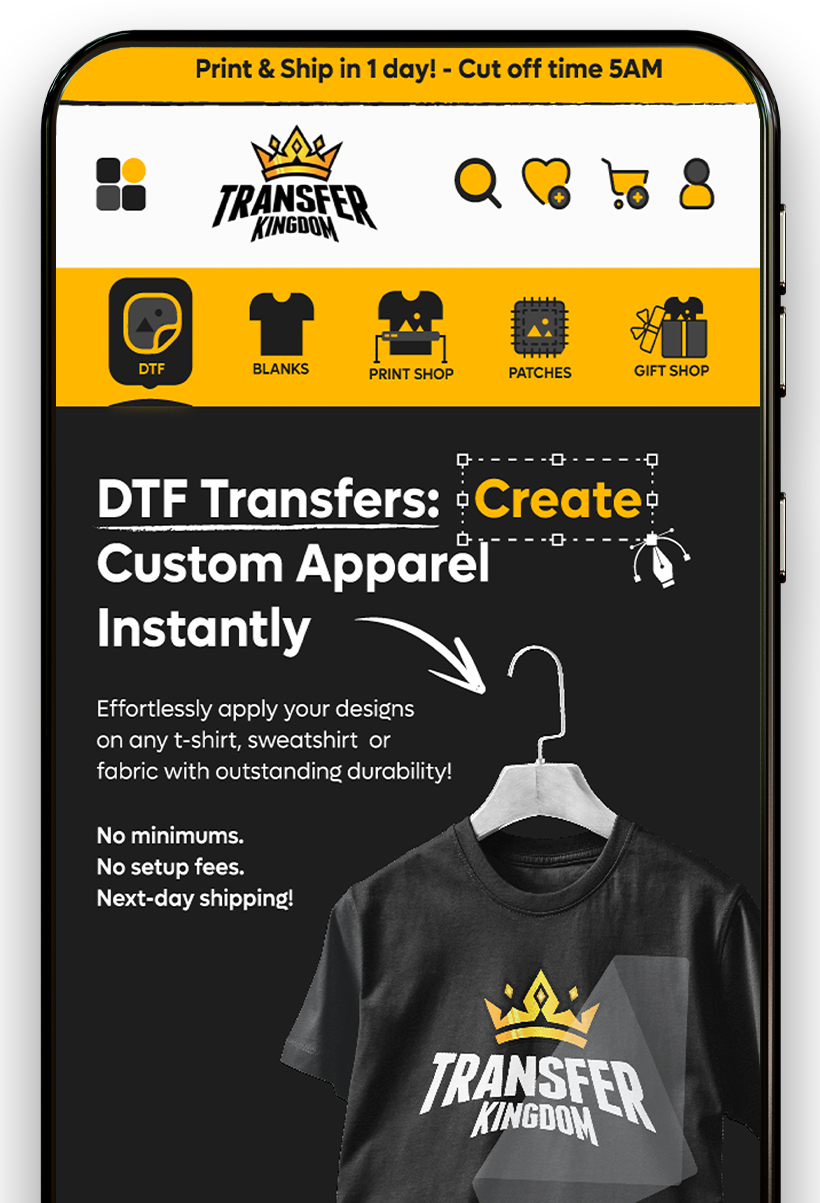Ultimate UV DTF Sticker Printing Tips & Techniques (2025)

UV DTF sticker printing is more than just a trend—it’s a powerful tool for businesses and creators looking to expand into durable, high-quality custom products. By following the right tips and techniques, avoiding common mistakes, and embracing 2025 trends, you can achieve professional results that delight customers and drive profits. Whether you’re experimenting with gang sheets, layering for 3D effects, or scaling a full sticker business, UV DTF offers unlimited opportunities for growth.
UV Direct to Film (UV DTF) sticker printing is one of the fastest-growing trends in the customization industry. From Etsy sellers personalizing drinkware to print shops expanding into promotional products, UV DTF technology has become the go-to method for creating durable, vibrant, and easy-to-apply stickers.
But while UV DTF stickers are easy to use, mastering the craft requires skill and attention to detail. Whether you’re a beginner starting your first sticker project or a seasoned business owner scaling production, applying the right techniques can make a huge difference.
This guide covers the best UV DTF sticker printing tips, professional techniques, and expert insights to help you achieve flawless results in 2025 and beyond.
Why UV DTF Stickers Are So Popular
UV DTF stickers stand out from other types of decals because they combine the flexibility of DTF printing with the durability of UV curing. Key advantages include:
Universal application: Works on glass, wood, metal, plastic, and more.
Durability: Scratch-resistant and waterproof, lasting for years.
Premium finish: Slightly raised, embossed look that feels high-quality.
No heat or special tools needed: Just peel, stick, and press.
With these benefits, many businesses now offer UV DTF stickers alongside DTF transfers to expand their customization services.
Essential Tips for UV DTF Sticker Printing
1. Choose High-Quality Films and Inks
Not all transfer films are created equal. Cheaper options may leave residue or peel prematurely. Always use premium UV films and eco-friendly inks for professional results.
👉 Pairing quality films with durable blank products ensures better customer satisfaction.
2. Prepare Surfaces Properly
Clean with alcohol or a lint-free cloth.
Avoid applying to oily, greasy, or textured surfaces.
Make sure the surface is completely dry before application.
Skipping this step is the number one cause of adhesion problems.
3. Apply With Firm, Even Pressure
4. Peel Slowly at the Right Angle
5. Store Stickers Correctly
Advanced UV DTF Techniques for Professionals
1. Layering for Depth and Texture
2. Printing White Underbase
3. Scaling With Gang Sheets
4. Testing Surfaces Before Mass Production
5. Combining UV DTF With Other Printing Methods
Common Mistakes to Avoid
Even experienced printers can run into problems. Here’s what to watch out for:
Not cleaning surfaces → Leads to poor adhesion.
Applying too quickly → Traps bubbles or wrinkles.
Using cheap films → Causes peeling and fading.
Ignoring storage conditions → Stickers may lose stickiness.
Overstretching designs on curved surfaces → Causes warping.
By avoiding these mistakes, you’ll cut down on wasted transfers and frustrated customers.

UV DTF Sticker Printing Trends in 2025
Eco-Friendly Materials: Expect growth in recyclable films and non-toxic inks.
On-Demand Personalization: E-commerce sellers are increasingly using UV DTF for same-day customization.
Expanded Product Range: Beyond mugs and bottles, stickers are being applied to helmets, shoes, and packaging.
Automation: High-volume print shops are adopting automated feeding and curing systems.
Premium Branding: Textured and layered UV DTF stickers are trending in luxury retail packaging.
Businesses that adopt these trends early will gain a competitive edge in the growing customization market.
Best Practices for Scaling a UV DTF Sticker Business
Invest in reliable printers and films to maintain consistency.
Offer bundles that include stickers, apparel, and accessories.
Promote your workflow by showing behind-the-scenes videos to customers.
Experiment with premium finishes like metallic inks or layered textures.
Leverage e-commerce platforms such as Etsy, Shopify, and Amazon for global reach.
For beginners, starting small with a few custom designs on popular products like tumblers or phone cases is a smart way to build experience and customer trust.
Do I need special equipment to apply UV DTF stickers?
No, application only requires peeling and pressing. No heat press is needed.
Can UV DTF stickers be used on fabric?
They work best on hard surfaces, not soft fabrics. For apparel, use standard DTF transfers.
How long do UV DTF stickers last?
They are scratch-resistant and waterproof, lasting years with proper care.
Can they be applied on curved surfaces?
Yes, but press firmly and apply slowly to avoid bubbles.
Do UV DTF stickers fade in the sun?
They resist fading, but prolonged exposure to direct sunlight may reduce brightness.
Can I wash drinkware with UV DTF stickers in the dishwasher?
Handwashing is recommended to extend durability.
Are UV DTF stickers safe for kids’ items?
Yes, as long as they are applied externally and not on surfaces in direct contact with food.
Can beginners start selling UV DTF stickers?
Absolutely. They’re beginner-friendly and require minimal tools.
What products sell best with UV DTF stickers?
Tumblers, mugs, phone cases, laptops, and promotional items.
Can I combine UV DTF stickers with apparel transfers?
Yes, offering both creates a strong upsell opportunity for businesses.









